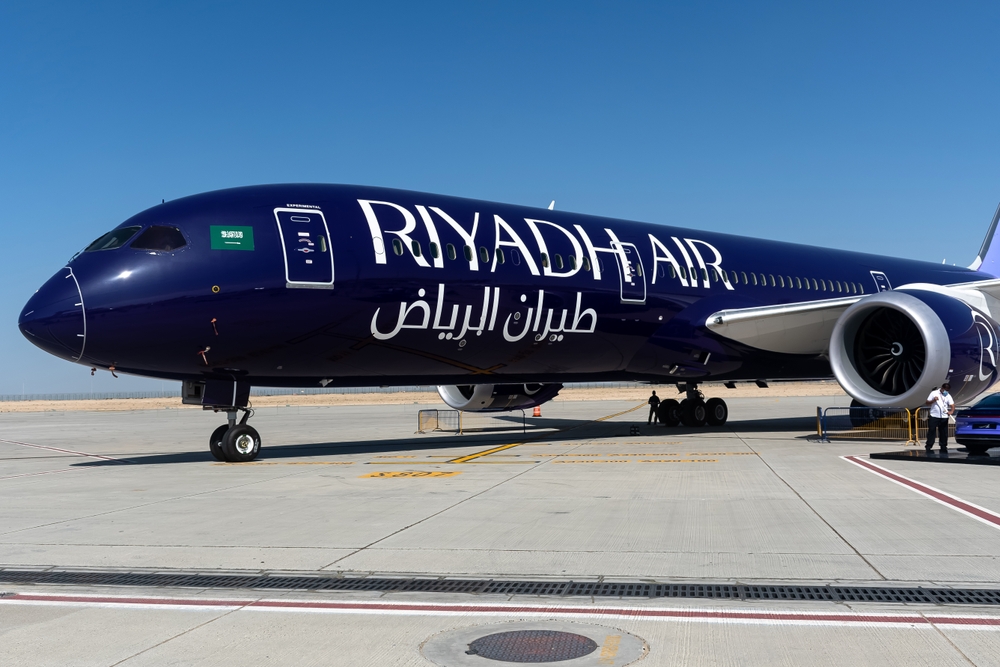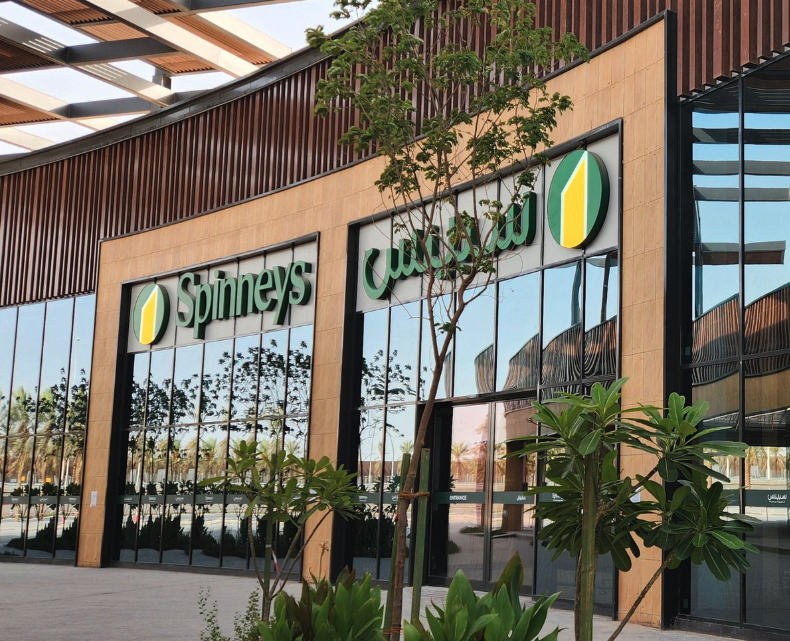RIYADH: Airlines operating in the Middle East recorded a 3.3 percent year-on-year increase in passenger demand in February, with total flight capacity rising 1.3 percent during the same period, an industry report showed.
The latest data from the International Air Transport Association revealed global passenger demand, both domestic and international, increased by 2.6 percent over the second month of the year.
This growth comes as many Middle Eastern countries focus on boosting the aviation sector to help diversify their economies away from oil dependency, with Saudi Arabia seeking to triple passenger numbers by 2030 compared to 2019 levels.
Commenting on the latest report, Willie Walsh, director general of IATA, said: “February traffic hit an all-time high, and the number of scheduled flights is set to continue increasing in March and April.”
The association added that the total load factor among carriers in the Middle East region stood at 82 percent in February, representing a rise of 1.6 percentage points compared to the same month in 2024.
The load factor is a metric used in the aviation sector that measures the percentage of available seating capacity that has been filled with passengers.
A high load factor signifies that an airline has sold most of its available seats.
IATA also reported that carriers in the Middle East handled 9.4 percent of global passengers in February, a figure that remained unchanged from January.
Earlier this month, a report by consulting management firm Oliver Wyman stated that the fleet of commercial airlines in the Middle East is expected to grow at a compound annual growth rate of 5.1 percent from 2025 to 2035, reaching 2,557 aircraft.
It added that this growth rate in the Middle East is nearly double the annual global growth rate, which is projected at 2.8 percent during the same period.
Affirming the progress of the aviation sector in the Middle East, Saudi Arabia is set to see its newest airline – the Public Investment Fund-backed Riyadh Air – take to the skies later this year, with the aim of flying to 100 countries by 2030.
In October, Riyadh Air signed an agreement to purchase 60 Airbus A321neo single-aisle aircraft.
In the same month, the company announced plans to order wide-body aircraft capable of seating more than 300 passengers in 2025.

Riyadh Air is set to begin passenger flights this year. Shutterstock
According to IATA, international passenger demand growth increased by 5.6 percent in February compared to the same period in the previous year.
However, international passenger demand growth was down compared to January, which witnessed a 12.3 percent rise.
The report added that global domestic demand declined by 1.9 percent year on year in February.
Africa witnessed a 6.8 percent rise in overall passenger demand, including both domestic and international, followed by Latin America at 4.6 percent, Europe at 4.3 percent, and Asia-Pacific at 4.2 percent.
Air carriers operating in North America experienced a 3.2 percent decline in passenger demand.
International passenger demand
Airlines operating in the Asia-Pacific region led international passenger demand globally, marking a 9.5 percent growth in February compared to the same month in 2024.
The total capacity of airlines in the APAC region rose by 8.3 percent year on year, while the load factor stood at 85.7 percent.
APAC airlines handled 33.5 percent of global passengers in February, followed by Europe at 26.7 percent and North America at 22.9 percent.
The report further indicated that international passenger demand among Middle East airlines increased by 3.1 percent in February compared to the same month in the previous year.
The association also noted that the capacity of airlines in the Middle East region increased by 1.3 percent, while the load factor stood at 81.9 percent in February, representing a rise of 1.4 percentage points compared to the same month in 2023.
According to IATA, international passenger demand among European air carriers rose by 5.7 percent year on year in February, while capacity increased by 4.9 percent during the same period.
North American air carriers saw a 1.5 percent decline in international passenger demand growth, with capacity also decreasing by 3.2 percent.
International passenger demand growth among Latin American airlines grew by 6.7 percent year on year in February, while capacity climbed by 9.9 percent.
African airlines saw demand growth of 6.7 percent among international travelers.
The capacity of these carriers also rose by 4 percent in February compared to the same month in 2024.
Air cargo demand growth

International cargo capacity increased slightly in February. Shutterstock
In a separate report, IATA revealed that air cargo demand declined slightly by 0.1 percent in February compared to the same period in the previous year, marking the first decline since mid-2023.
Overall, cargo capacity, measured in available cargo tonne-km, decreased marginally by 0.4 percent year on year in February.
The report added that international cargo capacity edged up by 1.1 percent over the month.
“February saw a small contraction in air cargo demand, the first year-on-year decline since mid-2023. Much of this is explained by February 2024 being extraordinary — a leap year that was also boosted by Chinese New Year traffic, sea lane closures, and a boom in e-commerce,” said Walsh.
He added: “Rising trade tensions are, of course, a concern for air cargo. With equity markets already showing their discomfort, we urge governments to focus on dialogue over tariffs.”
Airlines operating in the APAC region drove cargo demand growth in February.
According to IATA, cargo demand growth among APAC airlines increased by 5.1 percent year-on-year, while capacity rose by 2.7 percent during the same period.
Air carriers in the Middle East region witnessed an 11.9 percent year-on-year decrease in air cargo demand in February, the slowest among the regions.
The capacity of air carriers in the Middle East also decreased by 4 percent in February.
“North American carriers saw a 0.4 percent year-on-year decrease in demand growth for air cargo in February. Capacity decreased by 3.5 percent year-on-year,” said IATA.
The air cargo demand growth among European airlines dropped marginally by 0.1 percent in February compared to the same month in 2024, while capacity slightly edged down by 0.2 percent.
Air carriers operating in the Latin American region witnessed a 6 percent year on year cargo demand growth in February, the strongest rise among all regions. The capacity of these airlines also rose by 7.6 percent during the same period.
“African airlines saw a 5.7 percent year-on-year decrease in demand for air cargo in February. Capacity decreased by 0.6 percent year-on-year,” added IATA.
Looking at trade indicators, IATA said that the industrial production index rose 3.2 percent year-on-year in February, the highest growth in two years, while world trade expanded by 5 percent.
In February, the Purchasing Managers’ Index for global manufacturing output stood at 51.5, indicating growth.
The PMI for new export orders rose slightly to 49.6 from the previous month, remaining just shy of the 50-mark, which is the growth threshold.
The report added that jet fuel prices averaged $94.6 per barrel in February, representing a 2.1 percent decline compared to January.






























